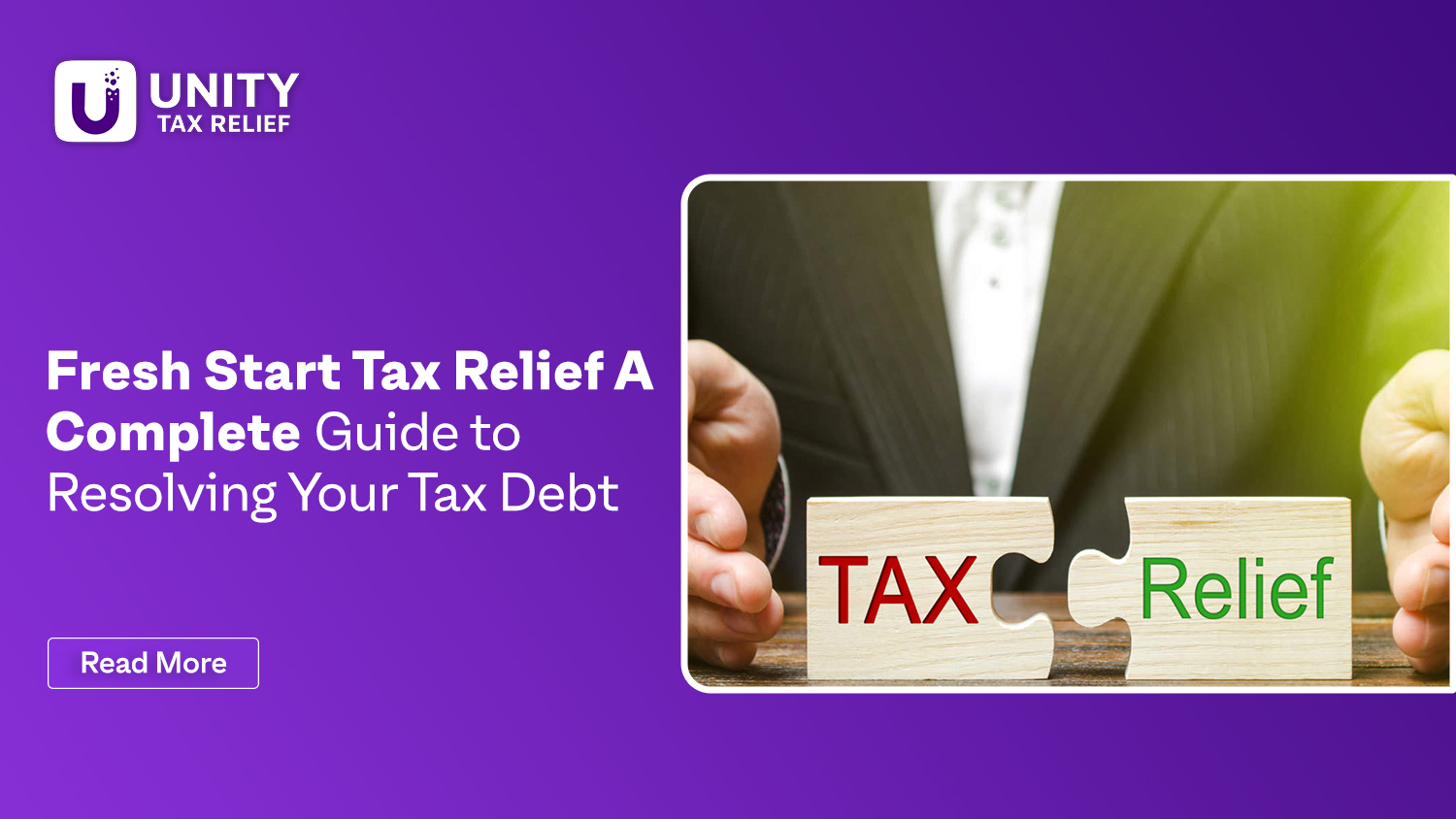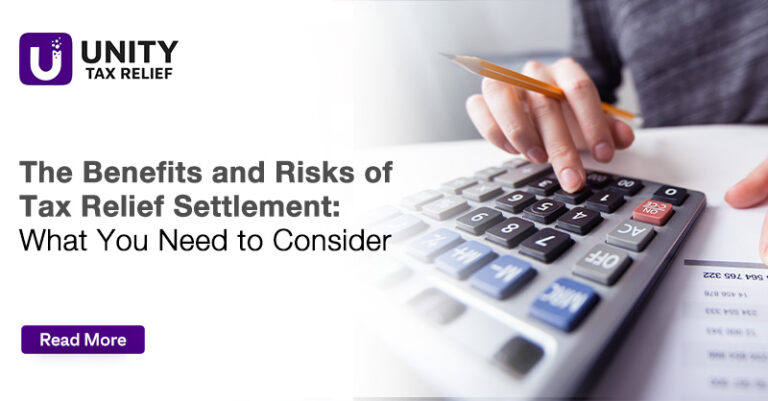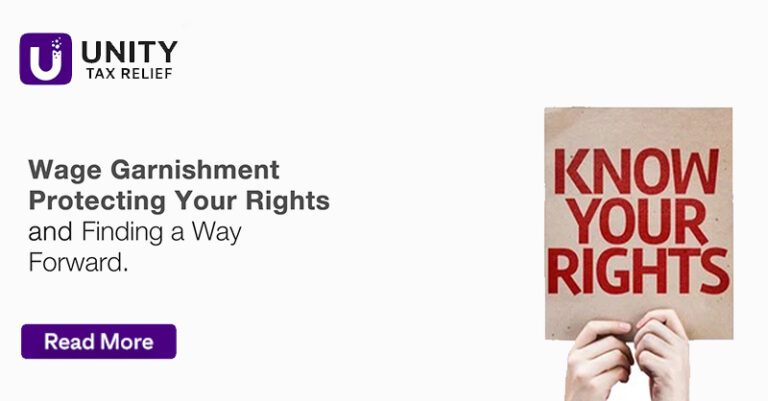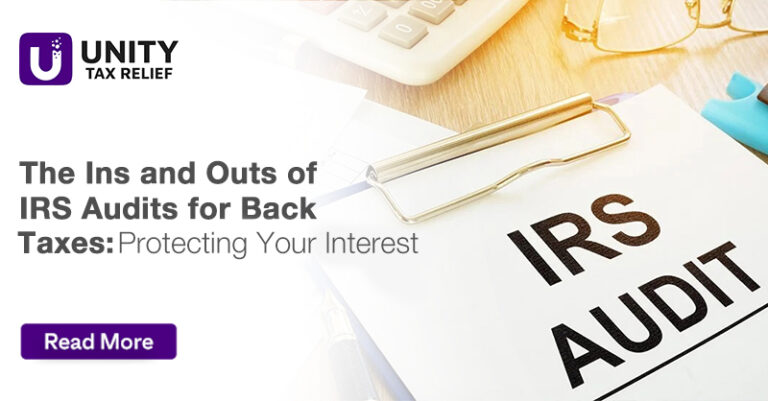The IRS Fresh Start Program is a program launched by the Internal Revenue Service (IRS). It is primarily designed to help the general public with difficulty meeting their tax responsibilities. It seeks to help people, start-ups, and smaller businesses by providing affordable tax payment schemes and plans.
The concept of “tax relief” can apply to various things within the area of taxation. Generally, tax relief can be termed any policy initiative, incentive, or provision that assists taxpayers in legally minimizing or reducing their tax responsibilities. Popular tax incentives include tax deductions, tax credits, and stimulus cheques or rebates.
Fresh Start Tax relief is also designed to assist individuals affected by natural calamities or who reside in areas affected by such natural causes. The Fresh Start tax relief program offers taxpayers from these domains an additional payment deadline. Moreover, the program also works with specific standards that offer different tax relaxation for individuals affected by these calamities.
Your specific tax status will determine the correct type of tax debt relief for you. It is critical to remember that the IRS does not overtly promote tax debt relief. That is why you should seek out a reputable tax service to investigate your tax debt relief choices and choose the one ideal for you.
Are you qualified for Tax debt relief?
Trying to catch up on your IRS payments might leave you in a financial bind and cause great worry. Tax debt relief is often offered in certain circumstances to assist people or organizations who can no longer meet their tax obligations.
The requirements for fresh start tax relief differ depending on the jurisdiction (country, state, or local government) and the type of tax obligation involved (e.g., income tax, property tax, sales tax). However, the following are some common scenarios that may qualify you for tax debt relief:
- Financial Hardship: You may be eligible for relief if you demonstrate that settling your tax burden would result in considerable financial hardship and that your necessary living expenses surpass your income.
- Currently Not Collectible Status: The now-not-collectible status suspends any collection, such as bank levies, wage garnishments, and tax liens, if you cannot make payments to eliminate your tax debt.
- Bankruptcy: In rare cases, under rules and requirements, if bankruptcy is declared, tax debt relief may be provided.
- Natural Disasters: Any taxpayers affected by natural disasters and catastrophic events may be eligible for tax relief from jurisdictions.
- Injured Spouse: Sometimes, while filing a joint tax return, one of the spouses may owe money, while the other may be entitled to a refund. In this case, the IRS can apply the refund to the debts that that spouse owes.
Tax Debt Relief Payment Options
Owing the IRS money can be frustrating, especially if you cannot readily handle it. When this happens, you have various tax relief payment methods. It is then an issue of evaluating what is best for your own situation.
- Installment Agreements: Installment Agreements enable taxpayers to pay their debts in smaller payments every month. This tax debt relief helps taxpayers fulfill their tax obligations and will continue until the debt is completely paid.
- Offer in Compromise: Some tax authorities will enable taxpayers to settle the tax debt for a reduced amount compared to the initial amount owed if they can show that they cannot afford to pay the total taxable amount. This frequently necessitates presenting specific financial details.
- Penalty Abatement: The Fresh Start Penalty Relief allows taxpayers to request a certain number of penalties to be waived if they have a satisfactory compliance record. Penalty abatement can be ordered without any charges and help lower the total amount owed.
- Currently Not Collectible: If taxpayers qualify under the currently not collectible status and prove that they have no income to make monthly payments, then they are eligible for any additional payments like bank levies, wage garnishment, and tax liens to be put on halt.
- Lien Withdrawals: For taxpayers with direct debit installment plans, the dismissal of the federal tax lien may be requested after completing certain milestones or debts.
How to Apply for the Fresh Start Program to Get Tax Relief?
The Fresh Start program is easy to apply to and can be activated by following the below-mentioned aspects.
- Check Eligibility: Visit the IRS website or consider talking to a professional to assess eligibility by overviewing the requirements for the specific provision.
- Collect documents: To help the IRS access your financial position and choose the correct provision for you, gather the necessary documentation like income statements, tax returns, bank statements, and anything that financially supports your application.
- Evaluate Options: Choose from payments and relief options according to your personal circumstances by carefully evaluating the advantages and disadvantages of all the possibilities.
- Submit Application: After choosing the perfect payment option, complete the application form and submit it with the financial evidence. To avoid any delays and rejections, double-check the information you are offering.
- Await Review: After submission of the application, it will be reviewed by the IRS. It is time-consuming, so stay in touch with the IRS and patiently wait for the results.
- Follow Further Instructions: If and once the IRS approves the application, follow the terms of the application sincerely.
Conclusion
The IRS Fresh Start Program is a lifeline for working professionals, start-ups, and small businesses who are drowning in tax debt. It provides a fresh start toward financial stability by offering extended tax payment deadlines, simple agreements, and consequent reduction in the final tax amount.It is important to remember that fresh start tax relief rules and regulations are subject to change, so always double-check information with current resources or consult a trained tax professional before making tax-related choices. Be sure to conduct thorough online research for more information about this topic.






